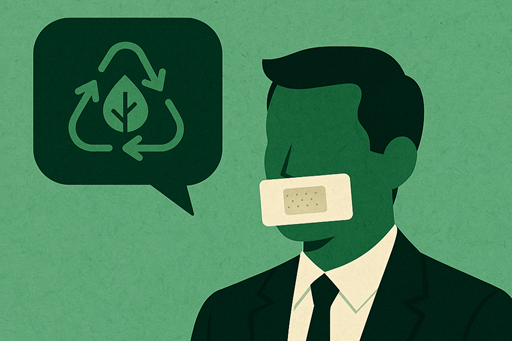Authenticity is a central component of credible communication. But how can it be implemented in PR practice?
Pink as far as the eye can see ‒ in and around the cinema release of the new Barbie movie, there is a real fascination with the artificial illusory world of the iconic toy doll. However, the film also critically reflects upon the staged representations and stereotypes of media and advertising that contradict the realities of the modern world. This raises questions regarding the importance of authenticity in society and corporate communication.
Authenticity as a Key Value of the Individualised Society
Whether politicians, company spokespersons, or influencers, everyone wants to be authentic or at least appear so in public. But where does this striving for authenticity come from? To better understand this phenomenon, it is worth taking a brief look at the sociological background of this development. The influential cultural sociologist Andreas Reckwitz has intensively studied the values and structures of our late-modern society. For him, the growing importance of authenticity is closely linked to the social desire for individuality and uniqueness. Accordingly, the Western world has long followed the “logic of the general”, which in the course of modernisation is now increasingly being replaced by the “logic of the particular”. This basic orientation is reflected in almost all areas of life, from the job choice to leisure behaviour or home furnishing. Attractive and desirable products, brands, and services are those that promote individual self-realisation. The examination of one’s own personality traits and values is thus becoming one of the central challenges of today. In a digitalised and networked society, this applies not only to individuals but also to organisations that want to present themselves credibly in public.
Credibility Through Authentic Self-Presentation
But what does authenticity actually mean? Basically, something is considered authentic if it gives the appearance of being genuine and original. An antique work of art, for example, is authentic if it can be clearly assigned to a particular era and is not a copy. In the communicative context, authenticity refers rather to the perceived truthfulness − that is, to the feeling that someone is communicating their opinions and intentions honestly and sincerely. Authenticity thus requires, first and foremost, honesty with oneself, because only if people have clarity about their own values, can they credibly share them with others. If, on the other hand, there is no correspondence between “appearance and reality”, exactly the opposite effect occurs: People lose trust in individuals or organisations and turn away in disappointment. There are plenty of examples to illustrate this point – e.g., failed diversity campaigns, greenwashing, and various missteps in politics. Particularly in a world where it is becoming increasingly challenging to separate fact from fiction, authenticity is emerging as one of the key success factors for public acceptance and recognition.
Authenticity in Practice ‒ From Corporate Influencers to User-Generated Content
How can an authentic appearance be implemented or achieved in practice? As mentioned above, authenticity first requires a reflective examination of one’s own values and intentions. If not yet done, they can be developed in the context of a workshop, for instance. The second step is communicative implementation. Personal presence and audio-visual communication channels play an essential role here. For example, authenticity can be conveyed particularly well through appealing videos and photos on social media and within corporate blogs and podcasts. This requires authentic spokespersons who credibly embody the corporate values and communicate them to the outside world. However, there is not always the need for a perfectly shot image video, since authenticity aims to truthfully represent reality ‒ instead of conveying a flawless image. As a consequence, the focus shifts from professional speakers to employees and customers as company and brand ambassadors. This development is also evident in the growing popularity of corporate influencers and user-generated content, in which products are presented in everyday situations.
Although Hollywood likes to play with fictitious and exaggerated worlds and characters, from a PR perspective it is clear that building credibility and trust, in the long run, can only be achieved via authentic communication. Even Barbie and Ken know this, as they have slipped into numerous roles over the decades and increasingly resemble authentic people.
Photo: Elena Mishlanova/Unsplash
Do you need support in the strategic planning and implementation of credible communication measures? The expert team at ikp Vienna looks forward to your enquiry!












